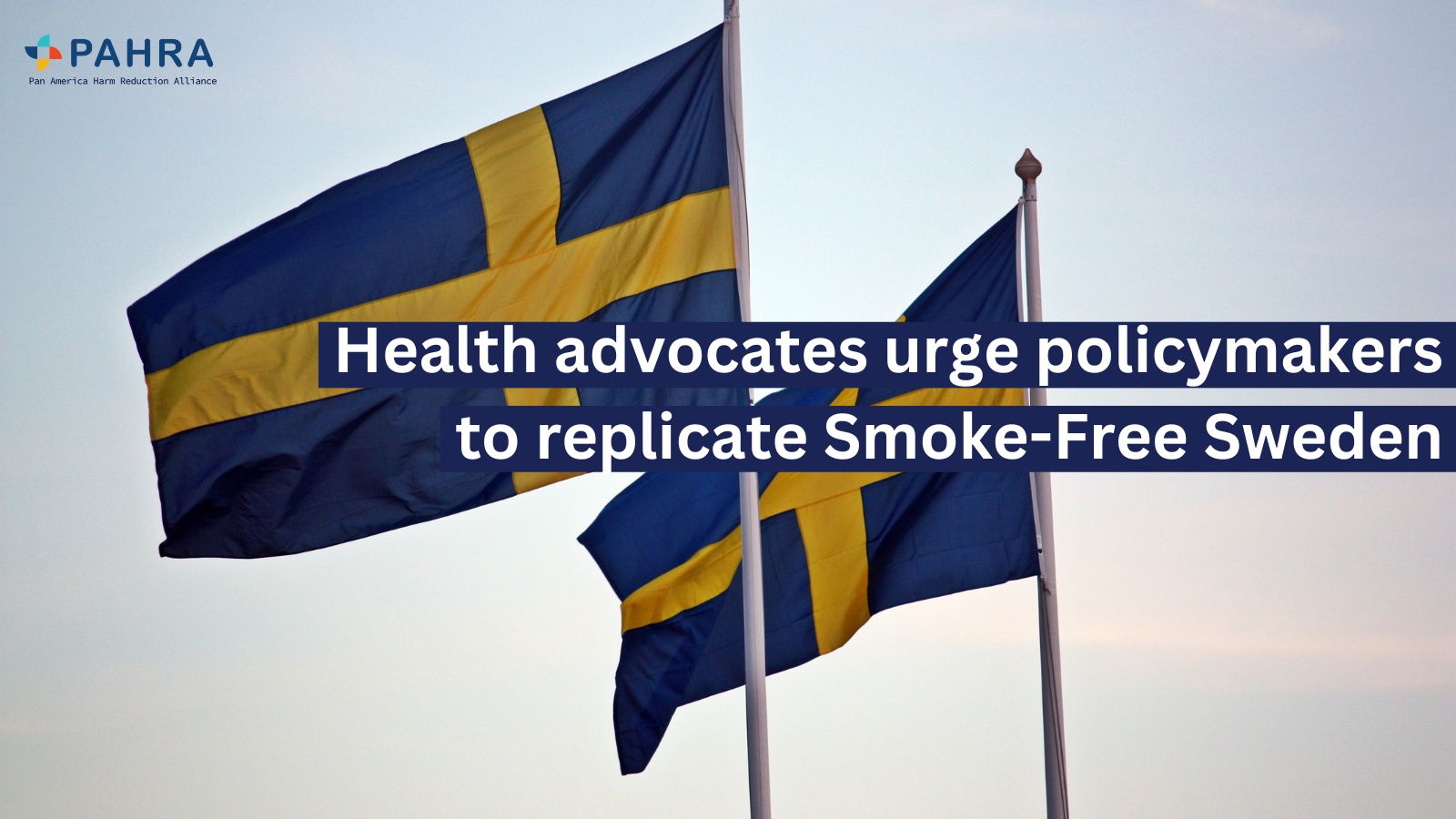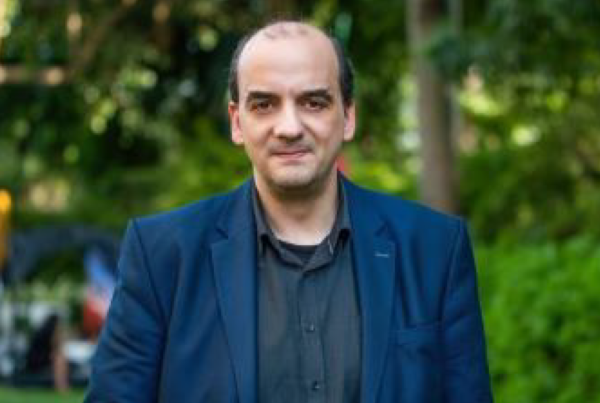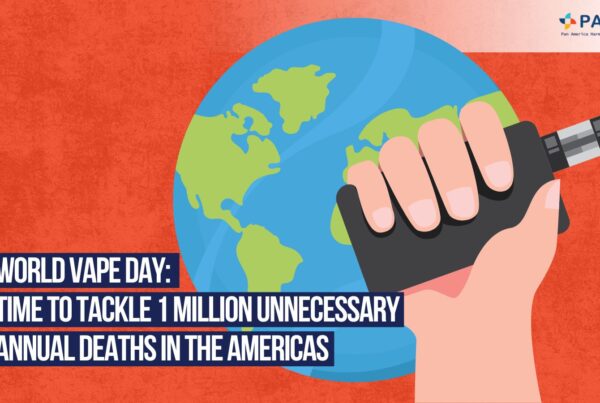
After the World Health Organization (WHO) overlooked the Swedish experience during its Tenth Conference of the Parties on Tobacco Control (FCTC COP10), public health professionals are urging the organization to adopt a strategy similar to Sweden in the battle against smoking.
Following a recent summit in Panama where the WHO refused to commend Sweden for its significant reduction in smoking rates, healthcare specialists associated with the Smoke-Free Sweden initiative organized a roundtable discussion with policymakers. The aim was to brainstorm strategies for advancing the worldwide adoption of tobacco harm reduction legislation.
As Sweden approaches its imminent ‘Smoke-Free’ status, with smoking rates expected to drop below 5%, it stands as an example of how Tobacco Harm Reduction (THR) can be effectively implemented. Supported by statistics showing a 41% lower cancer incidence and a 38% lower cancer death rate compared to its EU counterparts, Sweden provides compelling evidence that THR initiatives save lives.
Attendees at the roundtable voiced their disappointment regarding the WHO’s failure during COP10 to recognize sensible tobacco harm reduction measures that have already been implemented in countries like Sweden.
Dr Delon Human, the leader of the Smoke-Free Sweden Campaign, emphasized, “The world is grappling with smoking-related illnesses, yet COP10 refuses to acknowledge the fire escape Sweden has constructed. Tobacco harm reduction provides smokers with a safer exit strategy, and it’s imperative for global health leaders to embrace it.”
The founder of the EUforSnus initiative, Bengt Wiberg, remarked: “It is imperative that policymakers are presented with clear and understandable data regarding the health benefits of tobacco harm reduction. Sweden could be the blueprint for this since the Swedish government has studied this for years and has placed full and comprehensive regulations in place for all tobacco-free nicotine products, and it works”
Professor Karl Fagerström, a globally renowned authority in addiction research and smoking cessation, commented: “As the Sweden example shows, the key to advancing efforts in global tobacco harm reduction messaging is reframing our understanding of nicotine. Nicotine in itself has an impact on an individual’s health close to that of caffeine, which has virtually no stigma associated with it.”
“Alternative products change people’s lives for the better. They have enabled them to make healthier choices for themselves and provided a route for people to enjoy nicotine without endangering themselves. Some women do enjoy the burning sensation that oral nicotine pouches provide (on the gum), but some women don’t – It’s important to have a range of products to satisfy all needs” noted Carissa During, a psychology student and the founder of Considerate Pouchers.
Additionally, Jessica Perkins, co-founder of THR.net, commented: “We must ensure that we get product labelling guideless correct. Many policymakers and consumers do not realise that many oral nicotine pouches do not contain tobacco. Oral nicotine products are a form of nicotine replacement therapy. But the perception of these products is often demonised and incorrect – which leads to confusion over how to regulate them appropriately”.
What is Smoke-Free Sweden?
Smoke-Free Sweden advocates for other countries to adopt the Swedish model of Tobacco Harm Reduction. With a smoking rate of 5.6%, Sweden is on the verge of becoming the first ‘smoke-free’ European nation, a feat attributed to its receptive stance toward alternative products.
To learn more about Sweden’s successful journey towards becoming smoke-free, go to www.smokefreesweden.org.
Tags
Popular Posts
Quick Links
Related Posts
 Paradigm Shift Needed In Pan America’s Approach to End Smoking
Paradigm Shift Needed In Pan America’s Approach to End Smoking
Paradigm Shift Needed In Pan America’s Approach to End Smoking
 Tobacco Harm Reduction Seminar in Brazil
Tobacco Harm Reduction Seminar in Brazil
Tobacco Harm Reduction Seminar in Brazil
 Systematic Review of Vaping Flavours | Dr. Konstantinos Farsalinos
Systematic Review of Vaping Flavours | Dr. Konstantinos Farsalinos





